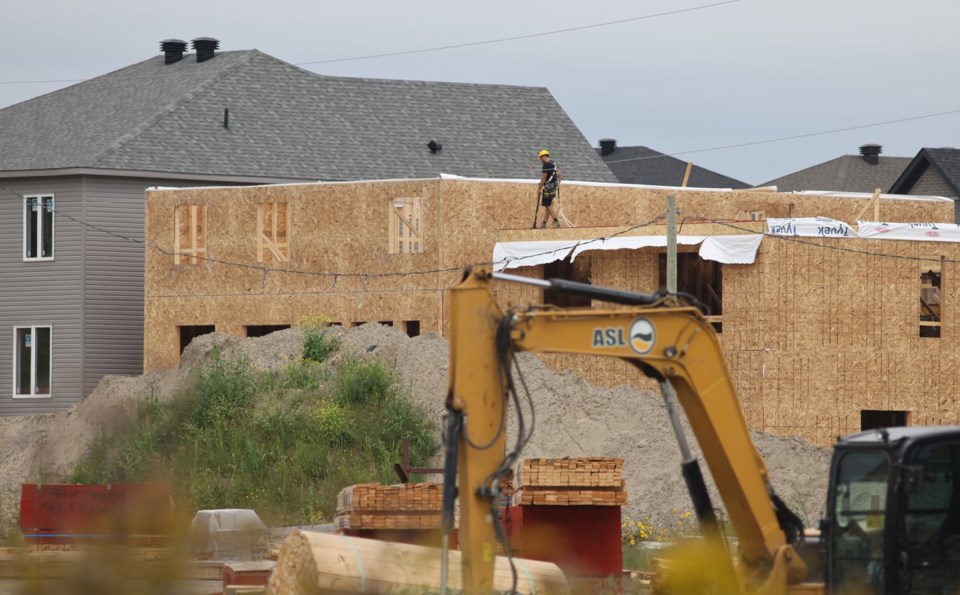OTTAWA — The federal government is overestimating the impact its cuts to immigration will have on the country's housing shortage, the Office of the Parliamentary Budget Officer said in a new report.
In the analysis published Friday, the PBO said its projections still indicate the country's housing gap should fall by 45 per cent, assuming the Liberal government's own population projections in its immigration plan are accurate.
The PBO isn't entirely convinced they are, saying "we judge that there is significant risk" to the demographic projections the government made in its 2025-2027 immigration levels plan.
The PBO cautioned its model assumed some non-permanent residents, whose permits or visas would expire and not be renewed under the new plan — will actually leave the country.
"Both our estimated reduction in household formation and the housing gap under the (immigration levels plan) are uncertain and likely represent upper-bound estimates," the PBO warned.
In October, the Liberal government announced it was cutting the number of permanent residents allowed into the country over the next three years.
The plan expects to see Canada's population decline by 0.2 per cent in 2025 and 2026, marking the first time Canada would see an annual decline in population, the PBO said.
The PBO now estimates Canada needs to build another 1.2 million homes by 2030 to close the housing gap.
In its report Friday morning, the PBO said the revised immigration plan will reduce that gap by 534,000 units — or 45 per cent — by 2030.
The government's projections factoring in its new immigration targets suggested the new population estimates would reduce demand for housing by 670,000 units by 2027, well above the PBO's estimates and three years earlier than the PBO's timeline.
"This difference likely reflects several factors, such as the assumed age, region and household structure of the (non-permanent resident) outflows projected under the (immigration levels plan), as well as the time horizon and counterfactual population projection," the PBO wrote.
This report by The Canadian Press was first published Nov. 15, 2024.
Nick Murray, The Canadian Press




